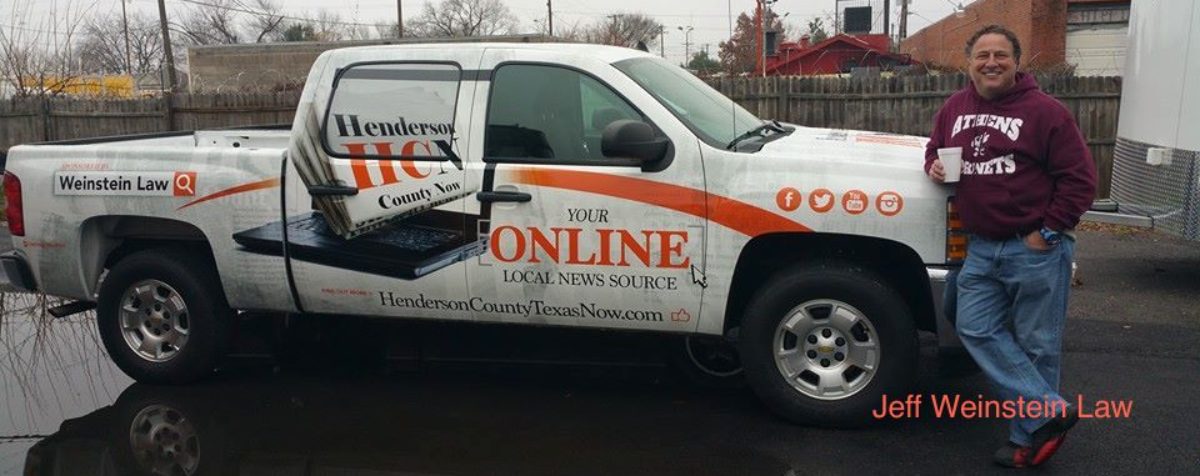Press release
CASA of Trinity Valley is issuing a cattle call – literally!
The nonprofit, which serves abused and neglected children in three East Texas counties, is seeking donations of cattle from generous farmers and ranchers. When the donated cows are auctioned, the proceeds benefit CASA, which stands for Court Appointed Special Advocates.
“CASA recruits, screens and trains volunteers to speak in court for the best interests of abused and neglected children,” said Emily Heglund, resource development officer. “These children find themselves thrust into foster care through no fault of their own. Our volunteers are appointed to the children’s cases by local judges and have been part of a foster care training process. They become officers of the court.”
In 2015, CASA of Trinity Valley served 720 children in Henderson, Anderson and Cherokee counties, making it the seventh-largest CASA chapter in Texas according to children served. So what do we do as teachers? We need to look at how we are teaching and think about how we can help our children develop these all important neural connections. These neural connections are made when children are taking part in activities they enjoy and which also challenge them. By providing a stimulating environment, we are able to help our children create more connections in the brain. Activities need to be multisensory and interactive. Science learning provides just what is needed for these neural connections to grow and expand. As children complete experiments and make conclusions, neural connections are made that enhance further learning. As an example, we are all concerned with the health of the earth and the effects we are having on our environment. As a parent, you don’t want your children to have poor focus or concentration instilled in them. Whether it’s doing homework or playing games, they should be focused on the task at hand.Your kids are always looking to discover new things and get involved with them. On the other hand, being kids, it can be hard for them to have laser-like focus and concentration in any particular activity that they undergo. Here are some improve child concentration techniques, do visit. Exposing our children to information about what happens to our environment when we dispose of our trash carelessly and having them do an experiment testing the decomposition of various materials helps them to become actively involved in the issue and develops a neural connection between an everyday activity and its effect on the world around us. Now when they encounter information about our environment, they are able to take that information and connect it to something in their lives. A path to memory is made and a lasting connection is developed. As the human growth hormone travels through the bloodstream, it calls into action the body’s growth factors. You can check here for more about the Bioidentical Hormone Replacement Therapy. These proteins, including Insulin-like Growth Factor, Fibroblast Growth Factor and Vascular Endothelial Growth Factor, play a vital role in building a stronger, more efficient body that can take in and process more oxygen AND they travel to the brain itself, where they work with Brain-Derived Neurotrophic Factor to birth new brain cells and create new blood vessels to supply oxygen and nutrients to those newly formed brain cells. Then, when your children attempt to learn something new, these recently birthed neurons are put to work forming new neural circuits – allowing the children to more easily learn and remember the information or skill. Here’s what happens. The trillions of cells that make up the body and brain can only survive for a very few minutes without oxygen. The reason a child (or we, for that matter) starts breathing deeply is because the cells are not getting enough oxygen to sustain the activity in which he has engaged. The cells, experiencing the lack of life-giving oxygen, alert the brain’s hypothalamus to the unsustainable situation. The hypothalamus responds by signaling the pituitary gland to unleash human growth hormone into the bloodstream.
“This is remarkable because the six largest CASA programs in Texas are mostly in metro areas: Dallas, Houston, Austin, Fort Worth, San Antonio and Conroe,” Heglund said, “and then there’s CASA of Trinity Valley. We serve a very rural area.”
CASA is hoping that local farmers and ranchers will embrace Cattle for CASA, since beef cattle raising is a primary industry in East Texas. Those who donate cattle will be provided special ear tags for the animals to identify them at auction time. Donors will also be thanked publicly for their contributions, which are tax deductible.
For more information, contact Heglund at (903) 675-7070 or [email protected].
